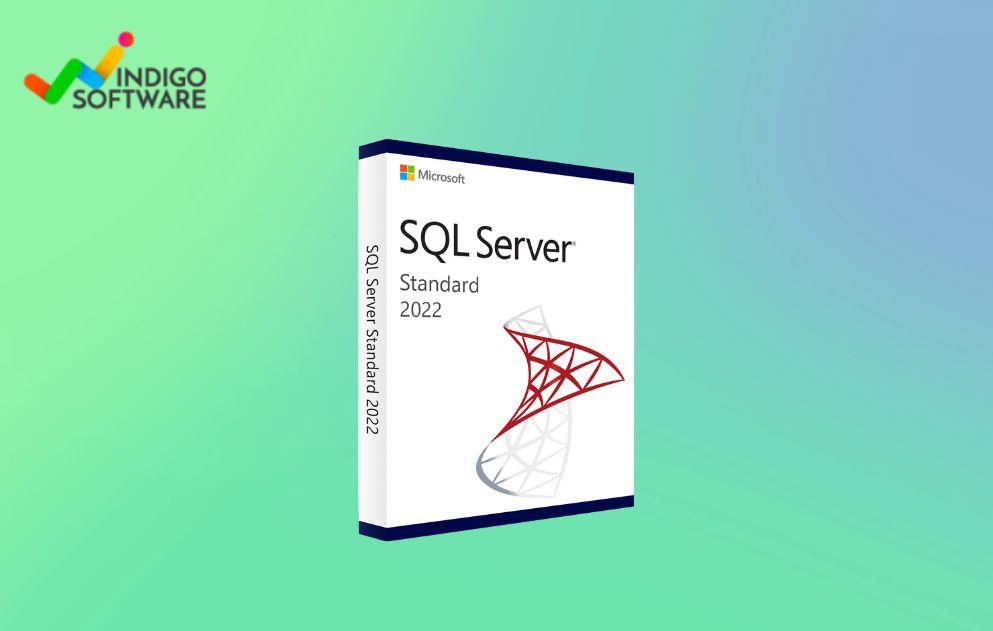Introduction
Choosing the right server license for your organization is a critical decision that impacts the efficiency, scalability, and security of your IT infrastructure. With multiple options available, understanding the differences between the Server 2019 Standard License and Microsoft Server 2022 is crucial for making an informed choice.
In this comparison, we’ll explore the key features of both Server 2019 Standard License and Microsoft Server 2022, comparing them in terms of performance, security, and cost-effectiveness.
By the end, you will have a clearer idea of which server suits your organization’s current and future needs.
Features of Server 2019 Standard License
Licensing model and pricing structure
The Server 2019 Standard License follows a core-based licensing model, which requires a minimum of 8 core licenses per processor and 16 cores per server. The pricing is structured based on the number of cores, making it scalable depending on your hardware needs. This license offers two OSEs (Operating System Environments), and it is well-suited for small to medium-sized enterprises.
Compatibility with existing software and hardware
One of the significant advantages of the Server 2019 Standard License is its broad compatibility with a wide range of software and hardware. It supports applications built on previous versions of Windows Server and integrates smoothly with older hardware, making it a practical choice for organizations that want to avoid a complete overhaul of their infrastructure.
Security features and updates
The Server 2019 Standard License includes advanced security features such as Shielded VMs, Windows Defender ATP, and enhanced network protection. While these features are robust, the server does not receive the latest security patches as frequently as its successor, potentially leaving some vulnerabilities unaddressed in the future.
Features of Microsoft Server 2022 Standard
Licensing model and pricing structure
Like its predecessor, Server 2022 also follows a core-based licensing model with the same minimum core requirements. However, it introduces additional layers of licensing options, including better integration with hybrid cloud environments, making it a more flexible option for enterprises looking to expand to cloud infrastructure.
New features and improvements compared to Server 2019
Microsoft Server 2022 comes with several new features, including improved Azure integration, advanced multilayer security, and enhancements in application platform services. It supports Windows Containers more effectively and improves hybrid capabilities, allowing organizations to move between on-premises and cloud more seamlessly.
Performance enhancements and scalability
Server 2022 offers significant performance enhancements over the Server 2019 Standard License. With improved data storage, quicker processing, and better virtualization support, Microsoft Server 2022 is ideal for companies that need higher scalability and efficiency. The server’s scalability also supports more powerful hardware configurations, which can be advantageous for larger businesses planning to expand their operations.
Comparison of Server 2019 Standard License vs Microsoft Server 2022 Standard
Cost comparison between the two licenses
While both servers follow the core-based licensing model, Microsoft Server 2022 tends to be slightly more expensive than the Server 2019 Standard License due to its enhanced features and scalability. However, the higher upfront cost of Microsoft Server 2022 can be offset by its long-term benefits, such as better cloud integration and security.
Feature comparison in terms of security, performance, and scalability
When comparing Server 2019 Standard License to Microsoft Server 2022, the latter comes out on top in terms of performance and scalability. The Server 2019 Standard License offers stable performance and reliable security but lacks some of the newer capabilities found in Microsoft Server 2022. If your business requires cutting-edge security features and increased scalability, Microsoft Server 2022 is the better option.
Compatibility with future technology advancements
While the Server 2019 Standard License is suitable for current infrastructure, Microsoft Server 2022 is more future-proof. It offers better support for cloud technologies, hybrid environments, and emerging innovations. This makes Microsoft Server 2022 more adaptable to future technological advancements, giving organizations a more sustainable solution.
Considerations for Choosing the Right Server License
Budget constraints and cost-effectiveness
For small to medium-sized organizations with budget limitations, the Server 2019 Standard License remains a viable option. Its compatibility with older systems and lower price point can save businesses a significant amount. However, for organizations with a higher budget that plan to expand or migrate to the cloud, Microsoft Server 2022 provides long-term value.
Specific needs and requirements of the organization
Consider the specific needs of your organization. If your primary requirement is compatibility with existing software and hardware, and you don’t plan to implement hybrid solutions soon, the Server 2019 Standard License will suffice. But if you're focused on future-proofing your operations, need enhanced security features, and want better integration with cloud platforms, Microsoft Server 2022 is a better fit.
Long-term planning and scalability
If you’re planning for scalability and growth, Microsoft Server 2022 should be your choice. Its ability to support high-performance workloads and seamless integration with hybrid environments gives it an edge in scalability. In contrast, the Server 2019 Standard License may limit future growth potential, particularly as technology evolves.
Conclusion
In summary, both server versions have their strengths. The older version is more affordable and works well with existing setups, making it ideal for smaller businesses with limited budgets. On the other hand, the newer server offers better performance, stronger security, and greater scalability, making it perfect for organizations planning for the future.
For companies focused on long-term growth, the latest server technology is a forward-thinking choice. However, smaller businesses seeking a more stable and cost-effective solution may still prefer the previous version.
As you explore your server options, companies like Indigo Software provide valuable expertise in helping businesses implement the right server solutions—ensuring a smooth transition and readiness for future needs.




(1).png.jpg)

Comments